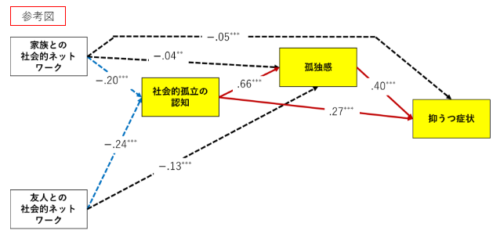2024-04-24 ミネソタ大学
<関連情報>
- https://cse.umn.edu/college/news/automated-machine-learning-robot-unlocks-new-potential-genetics-research
- https://academic.oup.com/genetics/article/226/4/iyae025/7610806
マシンビジョン誘導型胚マイクロインジェクションロボットによる多細胞生物のハイスループット遺伝子操作 High-throughput genetic manipulation of multicellular organisms using a machine-vision guided embryonic microinjection robot
Andrew D Alegria, Amey S Joshi, Jorge Blanco Mendana, Kanav Khosla, Kieran T Smith, Benjamin Auch, Margaret Donovan, John Bischof, Daryl M Gohl, Suhasa B Kodandaramaiah
Genetics Published:19 February 2024
DOI:https://doi.org/10.1093/genetics/iyae025

Abstract
Microinjection is a technique used for transgenesis, mutagenesis, cell labeling, cryopreservation, and in vitro fertilization in multiple single and multicellular organisms. Microinjection requires specialized skills and involves rate-limiting and labor-intensive preparatory steps. Here, we constructed a machine-vision guided generalized robot that fully automates the process of microinjection in fruit fly (Drosophila melanogaster) and zebrafish (Danio rerio) embryos. The robot uses machine learning models trained to detect embryos in images of agar plates and identify specific anatomical locations within each embryo in 3D space using dual view microscopes. The robot then serially performs a microinjection in each detected embryo. We constructed and used three such robots to automatically microinject tens of thousands of Drosophila and zebrafish embryos. We systematically optimized robotic microinjection for each species and performed routine transgenesis with proficiency comparable to highly skilled human practitioners while achieving up to 4× increases in microinjection throughput in Drosophila. The robot was utilized to microinject pools of over 20,000 uniquely barcoded plasmids into 1,713 embryos in 2 days to rapidly generate more than 400 unique transgenic Drosophila lines. This experiment enabled a novel measurement of the number of independent germline integration events per successfully injected embryo. Finally, we showed that robotic microinjection of cryoprotective agents in zebrafish embryos significantly improves vitrification rates and survival of cryopreserved embryos post-thaw as compared to manual microinjection. We anticipate that the robot can be used to carry out microinjection for genome-wide manipulation and cryopreservation at scale in a wide range of organisms.


